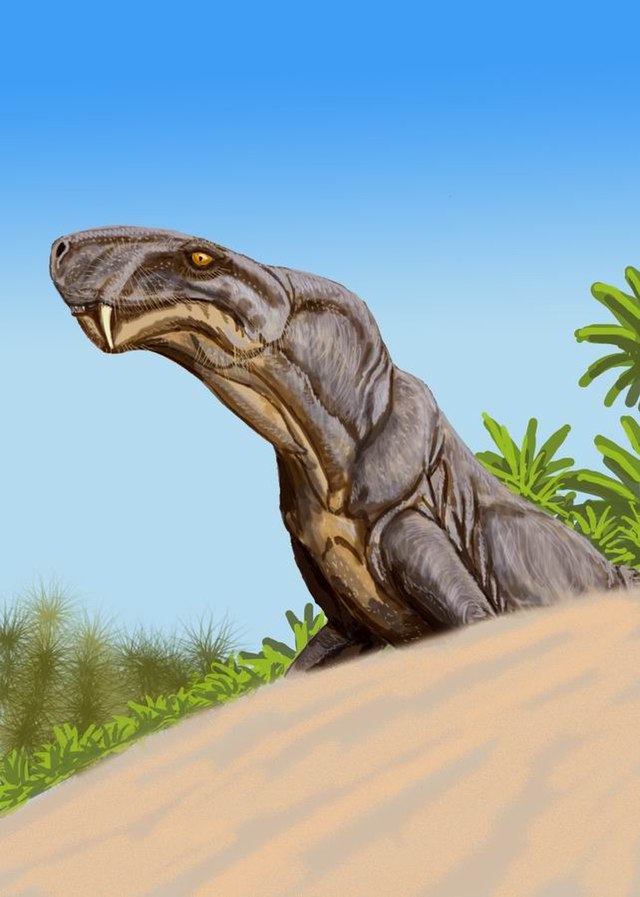Top Qs
Timeline
Chat
Perspective
1914 in paleontology
From Wikipedia, the free encyclopedia
Remove ads
Paleontology or palaeontology is the study of prehistoric life forms on Earth through the examination of plant and animal fossils.[1] This includes the study of body fossils, tracks (ichnites), burrows, cast-off parts, fossilised feces (coprolites), palynomorphs and chemical residues. Because humans have encountered fossils for millennia, paleontology has a long history both before and after becoming formalized as a science. This article records significant discoveries and events related to paleontology that occurred or were published in the year 1914.
Remove ads
Arthropods
Newly named insects
Dinosaurs
- Eugene Stebinger became the first to identify the Two Medicine Formation and to formally describe its first fossil finds, which were excavated the previous year.[4]
New taxa
Remove ads
Plesiosaurs
New taxa
Pterosaurs
New taxa
Synapsids
Non-mammalian
Footnotes
References
Wikiwand - on
Seamless Wikipedia browsing. On steroids.
Remove ads












